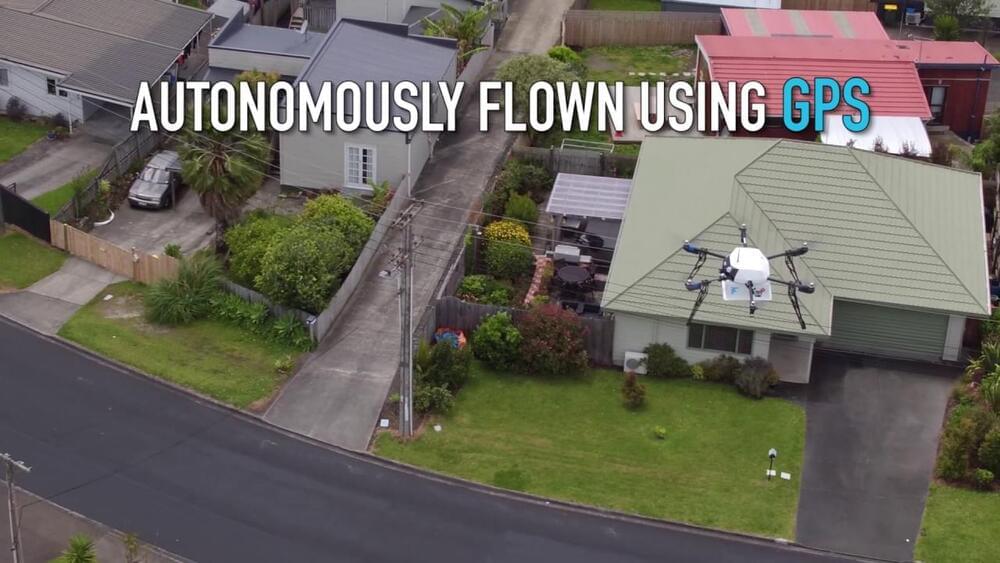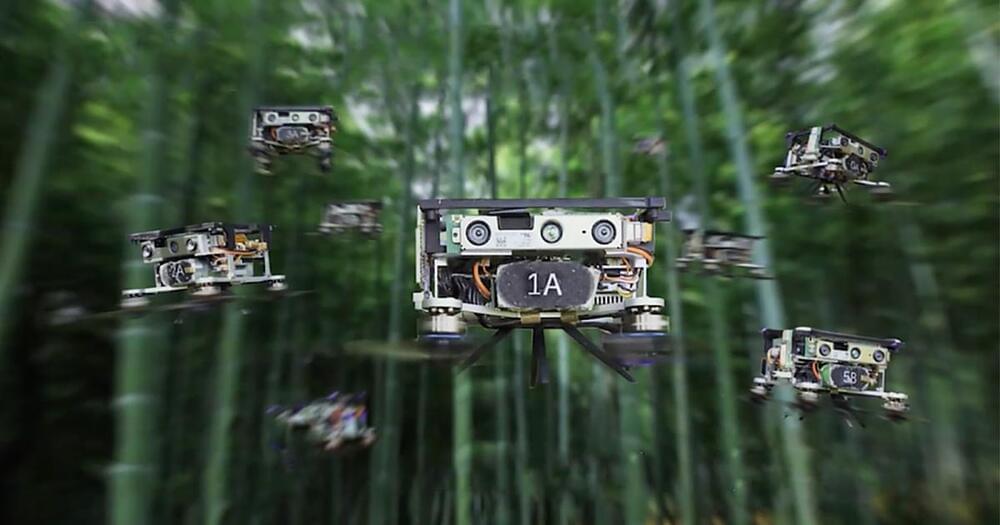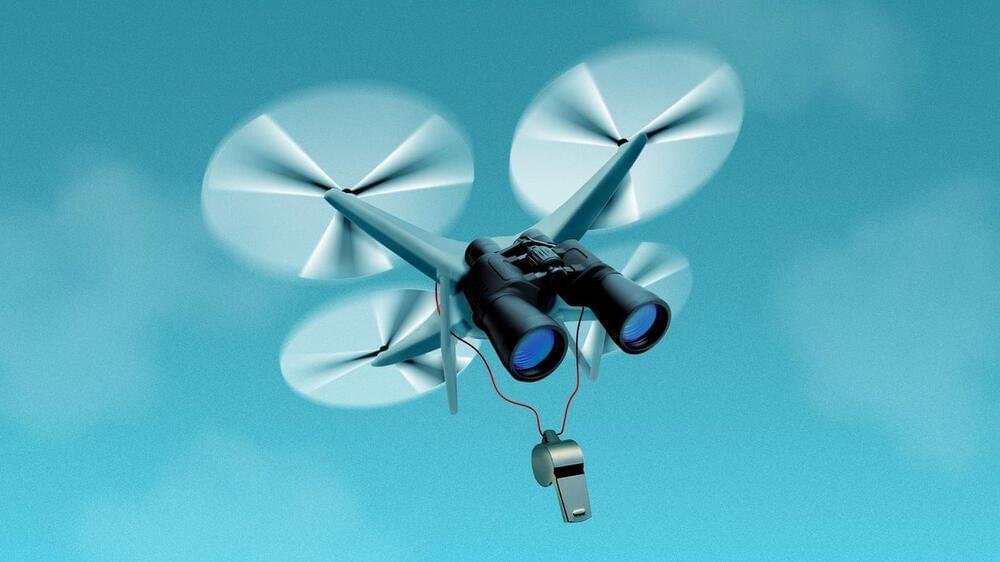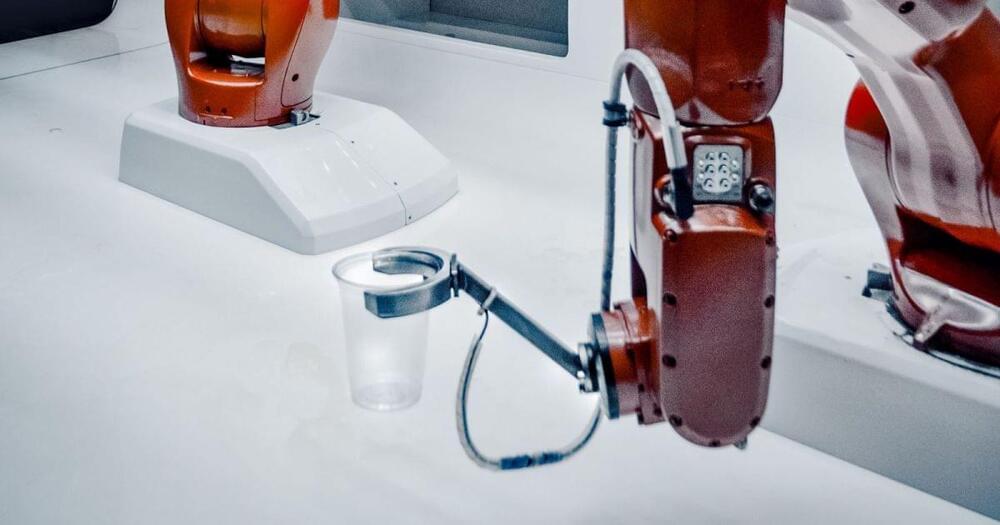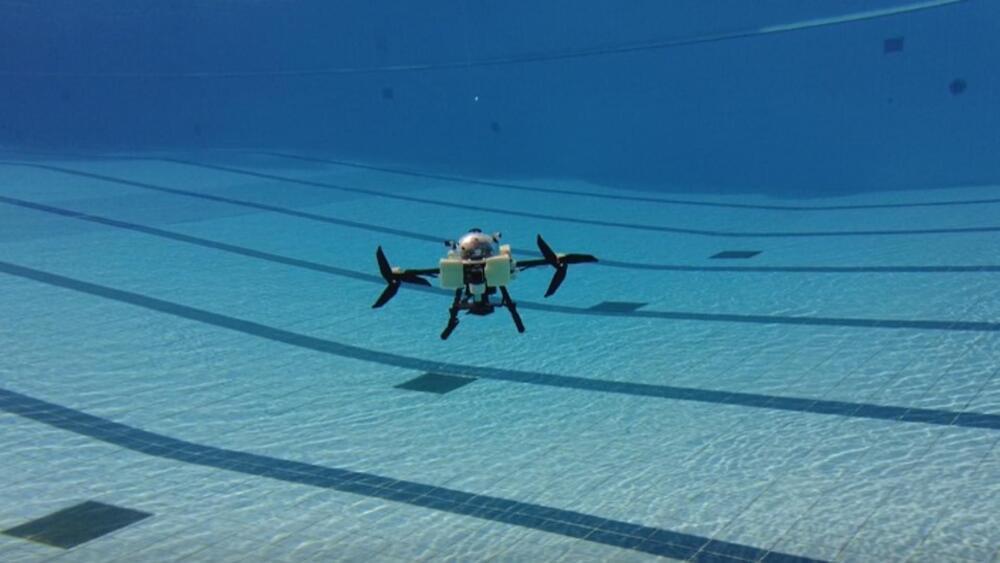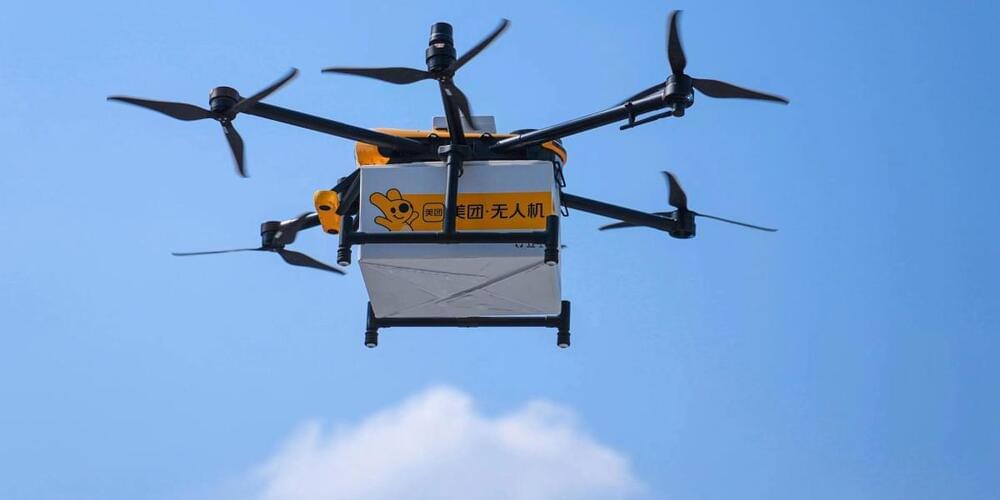Jun 23, 2023
DOM Drone by Flirtey — world’s first pizza delivery by drone to a customer’s house!
Posted by Shailesh Prasad in categories: drones, habitats, robotics/AI
Our first delivery with DOM Drone by Flirtey, from the Whangaparaoa store in New Zealand!
DOM (previously known as ‘DRU’) is the personality behind Domino’s innovative customer-facing technology, including our bots, autonomous delivery vehicle, drone and Pizza Checker. He is cheeky and endearing, but most importantly he puts the customer at the heart of everything he does. Rebranded to ‘DOM’ in 2019, he is our newest recruit and helps our team members to create efficiencies in their jobs.
